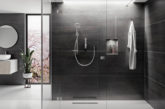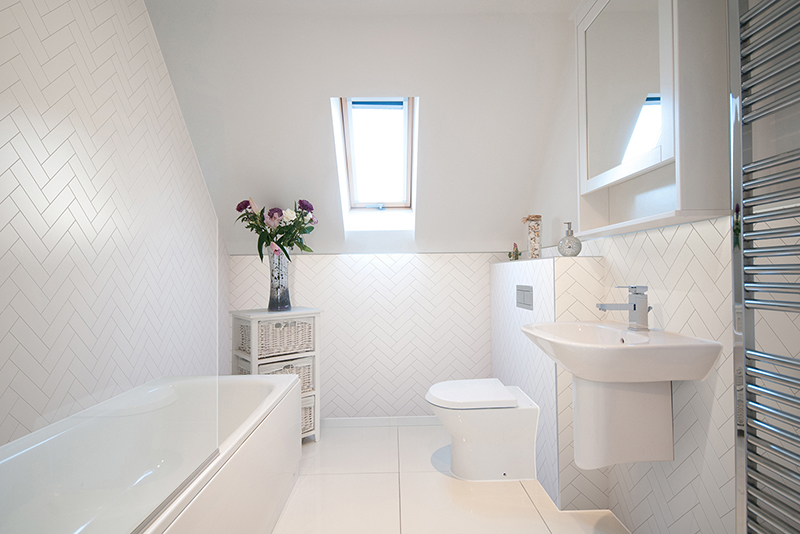
Scott Beattie, Managing Director at Fibo, provides a step-by-step guide on how to fit the company’s waterproof wall panels.
Forget backer boards, membrane, glue and grouting, wall panels are perfect for both refurbishment and new construction projects as they can be fitted directly to existing walls, including tiles, or onto stud partitioning. The installation process is very straightforward and transforming a bathroom, kitchen or wet room can be completed in just a few hours, depending on the size of the room.
The good news is that panels can be fitted by anyone with basic carpentry skills, so there’s no need to sub-contract the job to tilers. Fibo’s Aqualock tongue-and-groove system means the panels are up to five times quicker to fit than traditional ceramic tiling, with no grouting needed. In addition, wall panels can cover large wall areas quickly, with standard 2,400mm high panels covering the full wall height in most bathrooms, and further options available for rooms with greater ceiling heights, or for kitchen splashbacks.
For best results, we recommend using Fibo’s range of accessories to install the panels.
PREPARATION
Before installing your panels, check that the walls are completely dry and if installing over ceramic tiles, ensure that they are degreased. The wall should be able to support a firm screw hold. If the surface is uneven, attach panels to battens using screws and plugs or nails. There also needs to be a vertical batten under every panel joint.
Where heavy items are to be attached to the wall, such as a hung basin or toilet, extra battens must be installed to carry these (whether the substrate is square or uneven). The battens should be placed at 600 or 900mm vertically, and 800m horizontally.
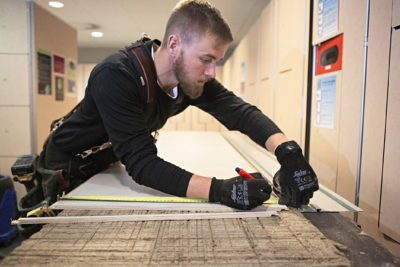
MEASURING AND CUTTING THE PANELS
The panels are easy to cut. Simply measure your walls then measure the panels and choose your cutting method:
Jigsaw: You’ll need to use this for irregular widths or to accommodate fittings. Use a firm and stable table or work bench and cut the panel with the decorative side face down.
Handsaw: With the decorative side facing upwards, use a fine-toothed saw. The cut should only be made on the downward stroke.
Openings/holes e.g., for pipes: The hole should have minimum 5mm clearance. Seal, even if the pipe is to be fitted with a collar. For larger holes, drill first with the largest drill possible before cutting.

USE A BASE PROFILE IN WET AREAS
A base profile must always be used in wet areas, whether a bathroom, shower or wet room. You will need to ensure that the height is adjusted, where the panel meets the ceiling.
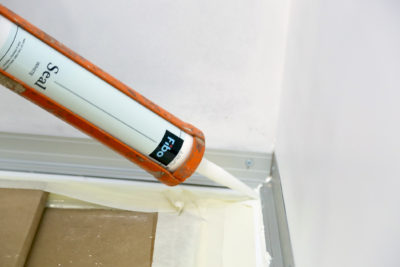
FIXING THE PANELS
For a whole room installation and for best results, start fixing the panels furthest away from the door. When setting up the first panel, fix an internal corner profile to the wall and Fibo Sealant into both channels. Cut the tongue/groove off the edge being inserted into the profile, then cut to size from the top. Push the clean-cut panel edge firmly into the profile and fit into place.
If you’re gluing directly to walls, apply Fibo Adhesive to the back of the panel in a zig-zag pattern.
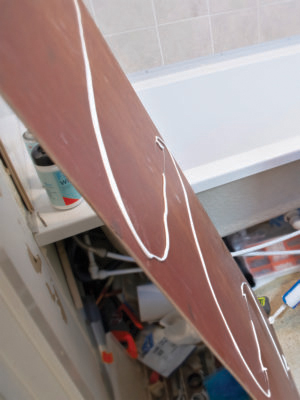
SECURING THE PANELS
Fix the other side of the panel to the wall or batten by screwing or nailing along the tongue, ensuring it is correctly aligned before securing. Screw/nail the panel into the wall using 1 ½ in. No.6 screws or gypsum-board nails, with 200mm space between them. The lowest screw/nail should be max 20mm from the bottom of the panel.
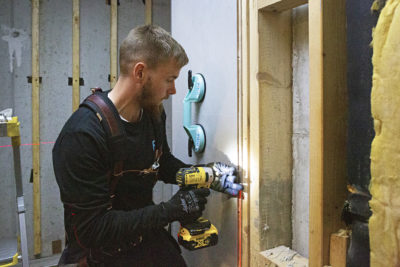
APPLY SEALANT AND CLICK THE PANELS INTO PLACE
Apply sealant when the panel is upright against the wall, next to the previously installed panel. Run a bead of sealant along the length of the panel groove and lock the two panels together into position, ensuring they’re aligned.
Use the manufacturer’s Clean spray and Wipes immediately to remove excess sealant.
Working in both directions towards the door, continue along the wall and apply sealant into each join before clicking panels into place with the Aqualock tongue-and-groove system.

FINISHING OFF
To complete a full wall, you can either swing the final panel into position with the internal corner profile already attached and fasten to the stud or batten on the return wall.
Alternatively, fit the corner panel first and insert the last panel tongue-first on one side with the lip of the other edge removed to fit flush to the adjoining panel. Fix by gluing the back edge.
If you’re only applying the panels to one section of the wall, swing the final panel into position with the end profile already attached. Ensure that sealant is applied into the profile channel first.
Once installed, the wall panels can massively reduce bacteria build-up and, thanks to a non-porous laminate covering, makes it much easier to clean and maintain. Grime and dirty grout are a thing of the past and, with the manufacturer’s 25-year warranty, you can provide customers with peace of mind, and ensure a high quality and long-lasting surface.











